How Do Weather Sensors Work?
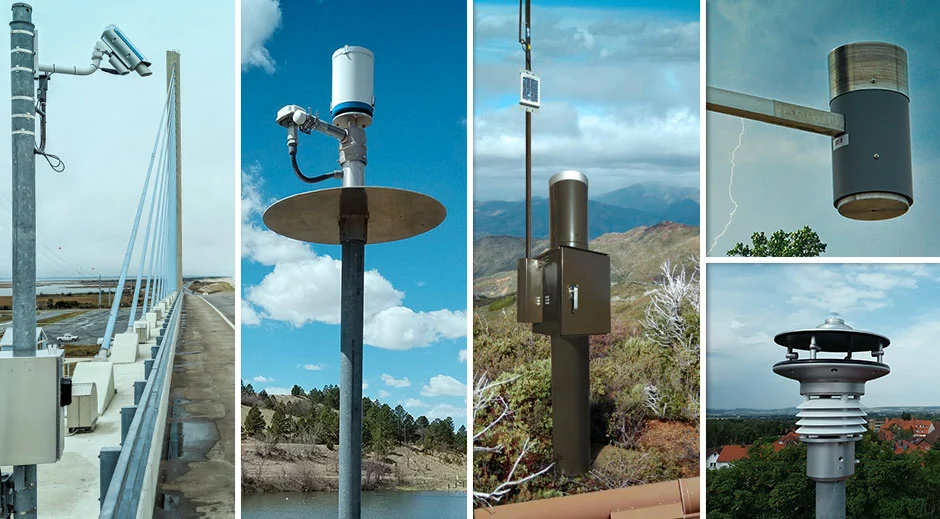
Weather sensors are instrumental in gathering data about atmospheric conditions, enabling us to understand and forecast weather patterns more accurately. These devices detect various parameters
CO2 Sensors: Definition, Types, and How to Choose
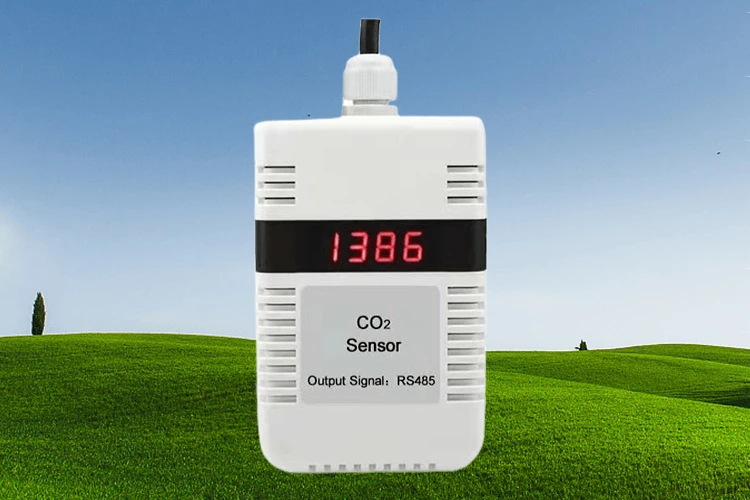
Carbon dioxide (CO2) is a key indicator for assessing indoor air quality. However, unlike some other pollutants, CO2 is colorless, odorless, and imperceptible to the human senses. The only reliable way to determine CO2 levels indoors is through the use of CO2 sensors.
What Is a Turbidity Sensor and How to Choose One?
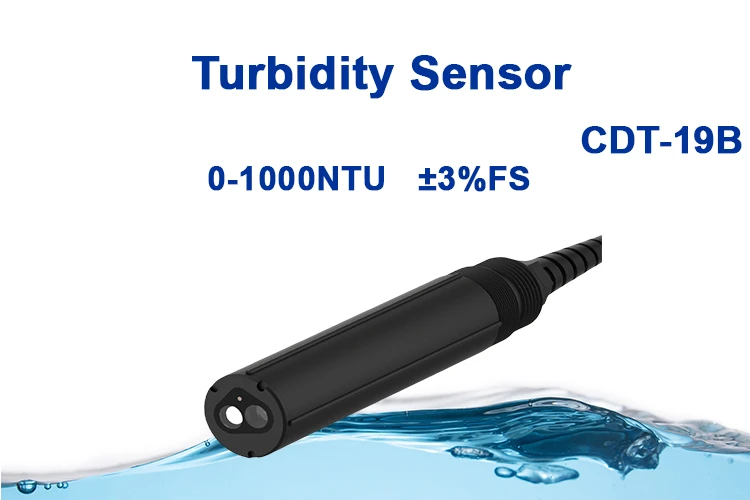
To understand a turbidity sensor, it’s essential first to grasp the concept of turbidity itself. Turbidity is an important sign of water quality. It measures how many tiny particles are in a water sample.
Flood Warning System: Definition and Types
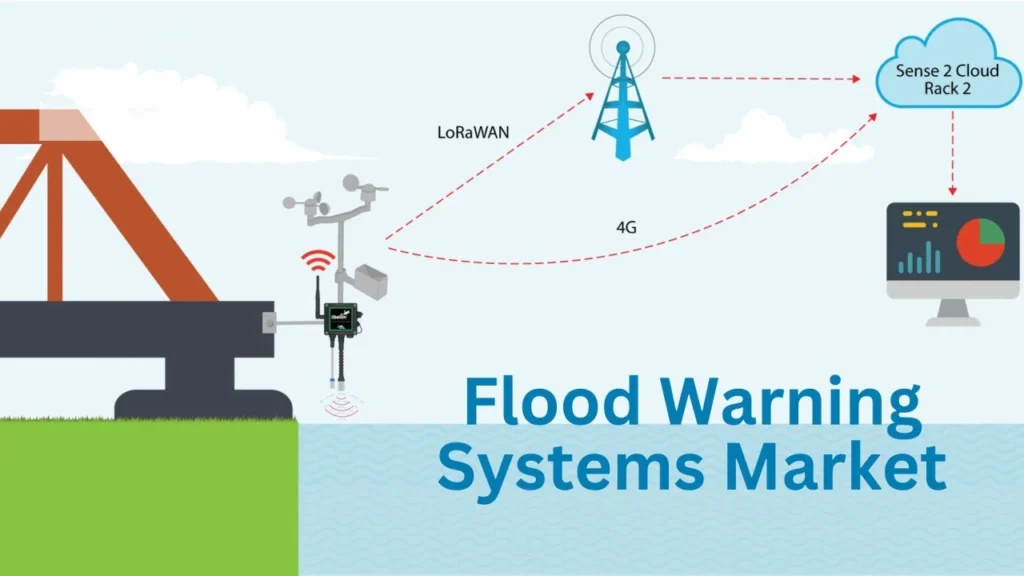
Flooding from heavy rain, melting snow, and high water levels is a constant threat. It disrupts cities and puts community safety at risk. Low-lying regions or areas adjacent to rivers and lakes are particularly susceptible to such events.
Functions, Working Principles and Applications of Soil pH Sensors
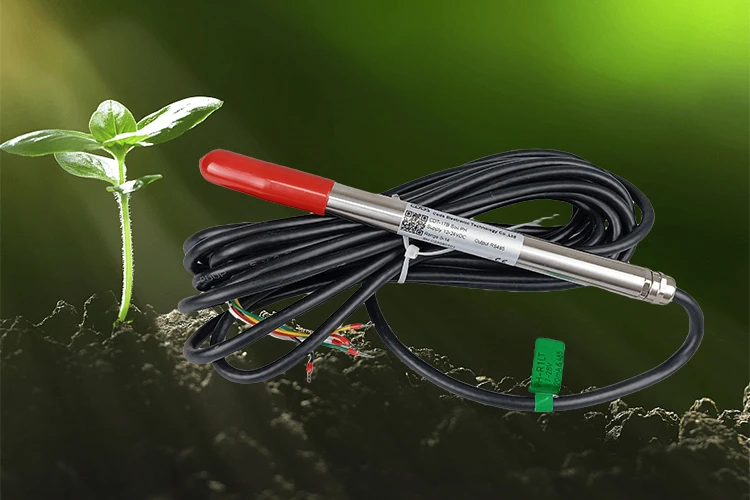
Farmers widely utilize soil pH sensors as smart agricultural devices to monitor the pH levels of soil. By accurately measuring soil pH, which is important for plant growth, farmers can quickly change soil acidity or alkalinity.
How are wind speed and direction interrelated?
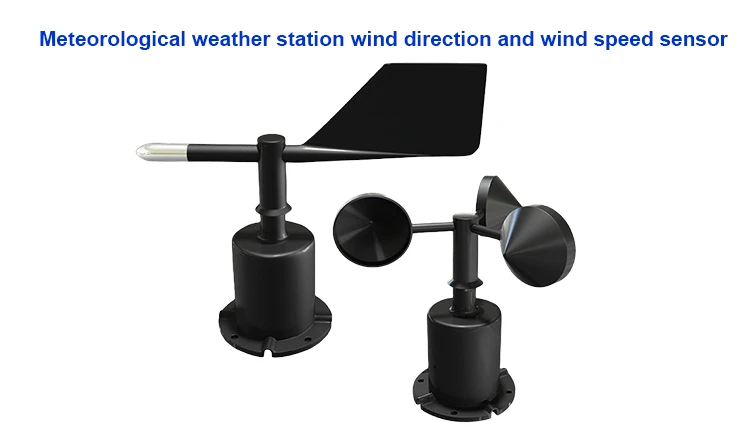
Wind speed and direction are two fundamental parameters used to characterize the movement of air within the atmosphere. While closely linked, they represent distinct aspects of wind behavior.
What distinguishes a soil moisture sensor from a water level sensor?

A soil moisture sensor is an electronic instrument that gauges the moisture content within the soil. Researchers use it to find out how much water is in the soil. This is important for farming, gardening, and checking the environment.
Wireless Weather Stations Transmission Mode
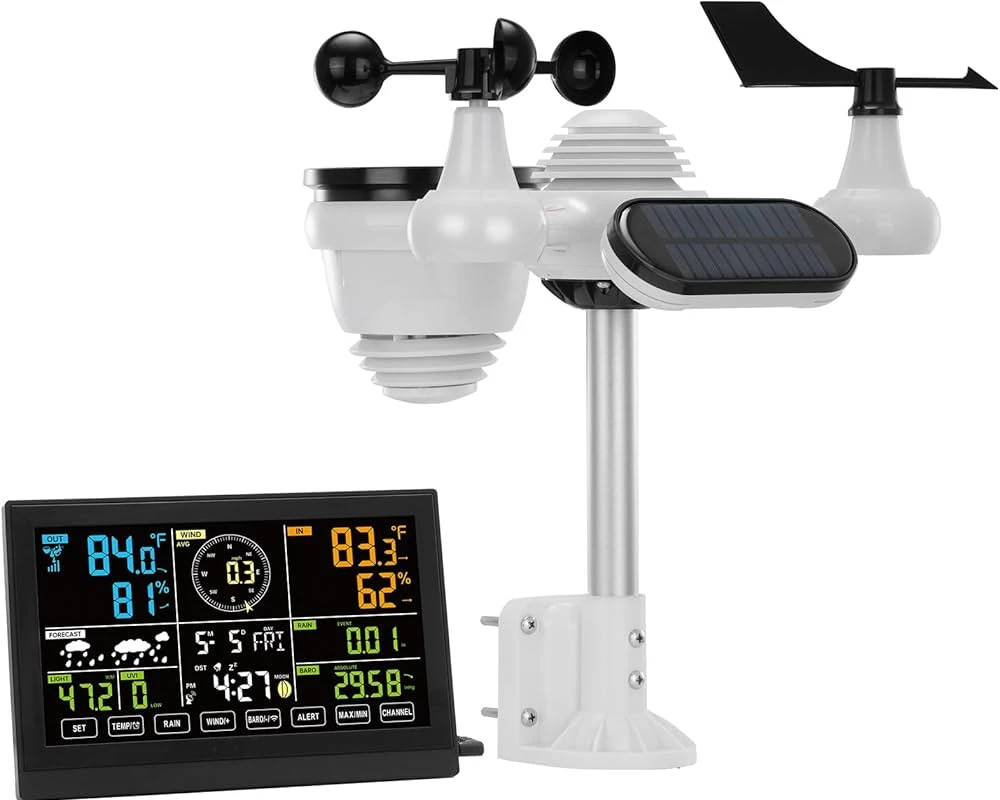
In modern meteorological monitoring, wireless weather stations play a crucial role. Their efficient operation depends significantly on the transmission mode employed. This article delves into the various transmission modes of wireless weather stations, exploring their characteristics, advantages, and limitations.
Weather Thermometers: Their Mechanics and Importance
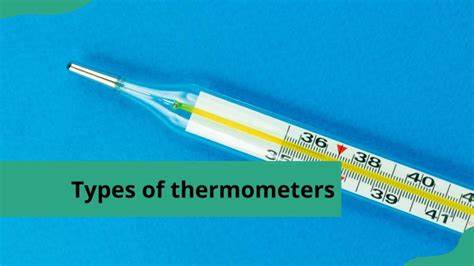
Weather thermometers are important tools in our daily lives. They give us key information about the changing temperature around us. More than just tools to check the temperature, they help us make better choices.
Disadvantages of ultrasonic sensor
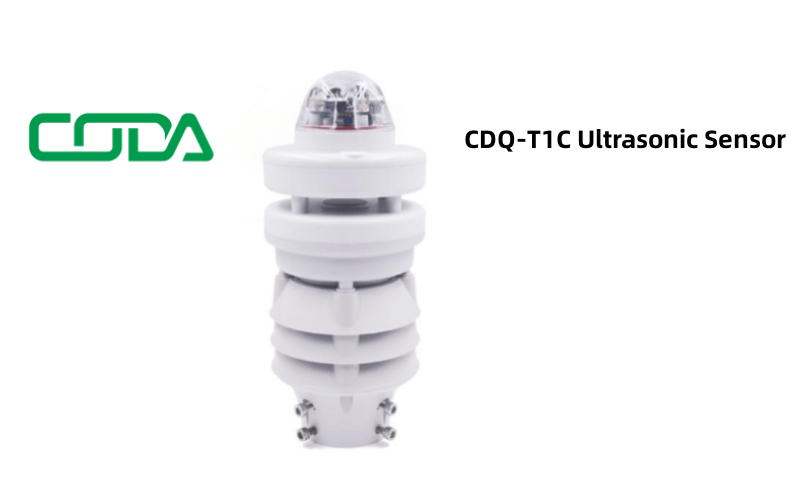
Ultrasonic sensors work by utilizing ultrasonic waves to detect the position, distance, or movement of objects. Experts widely apply them in fields such as meteorology, industry, automotive systems, and healthcare.
